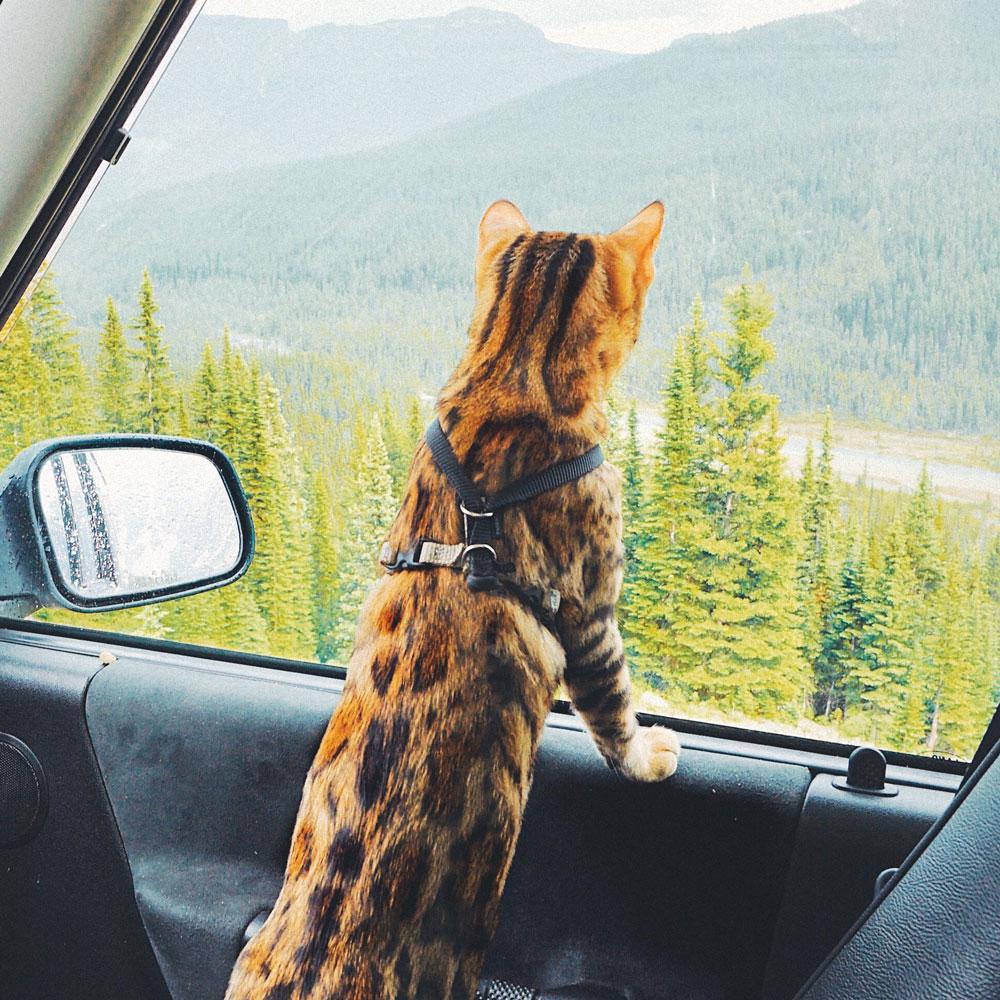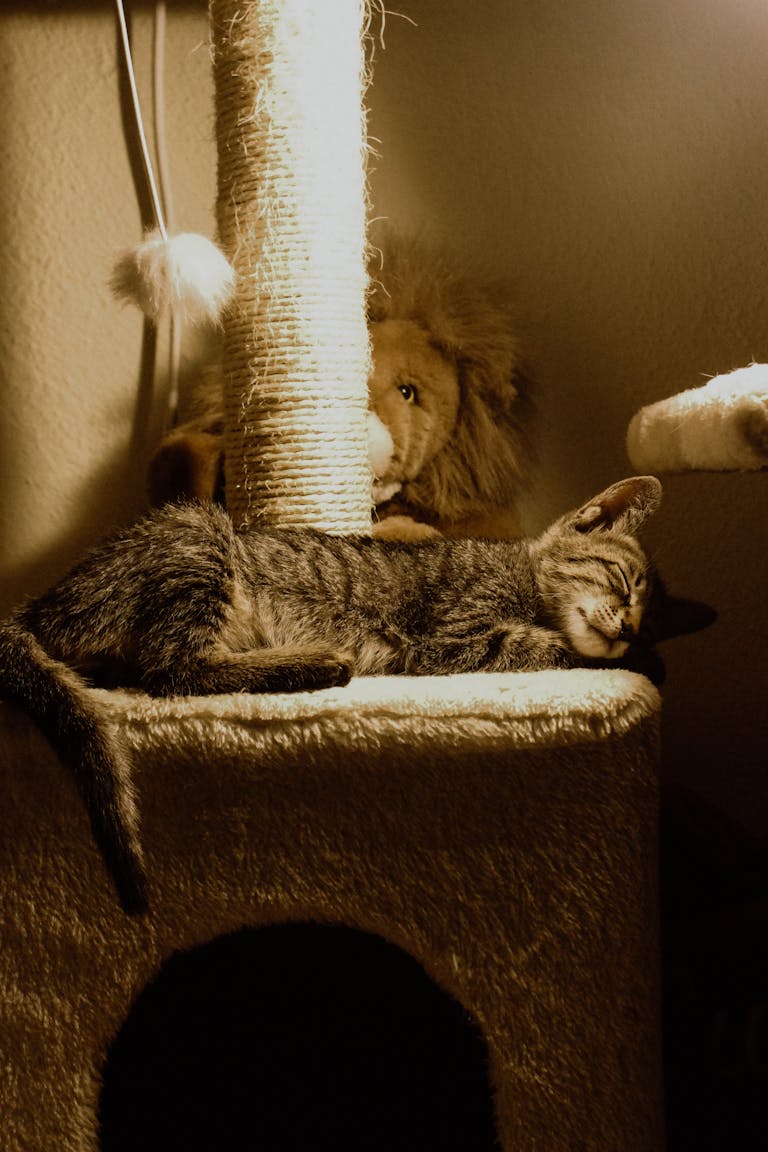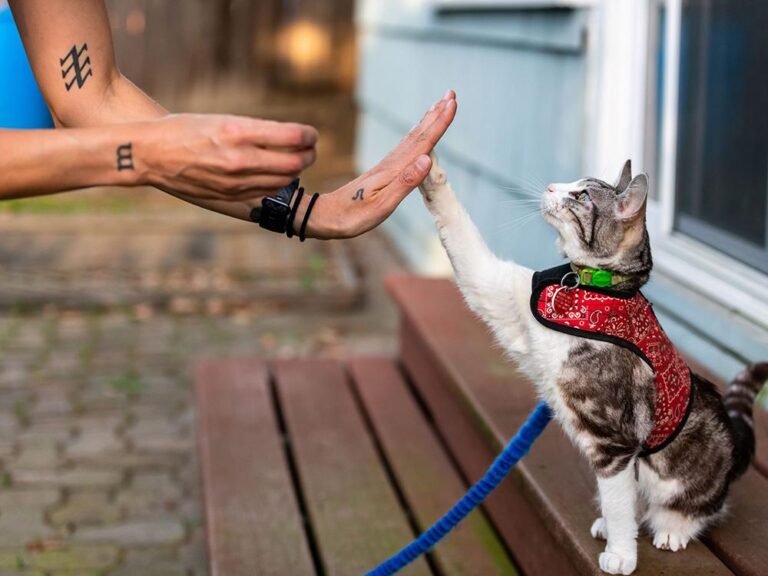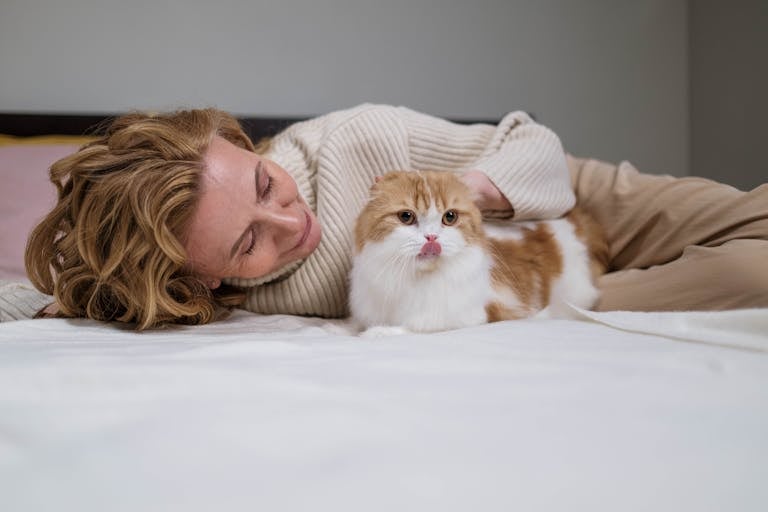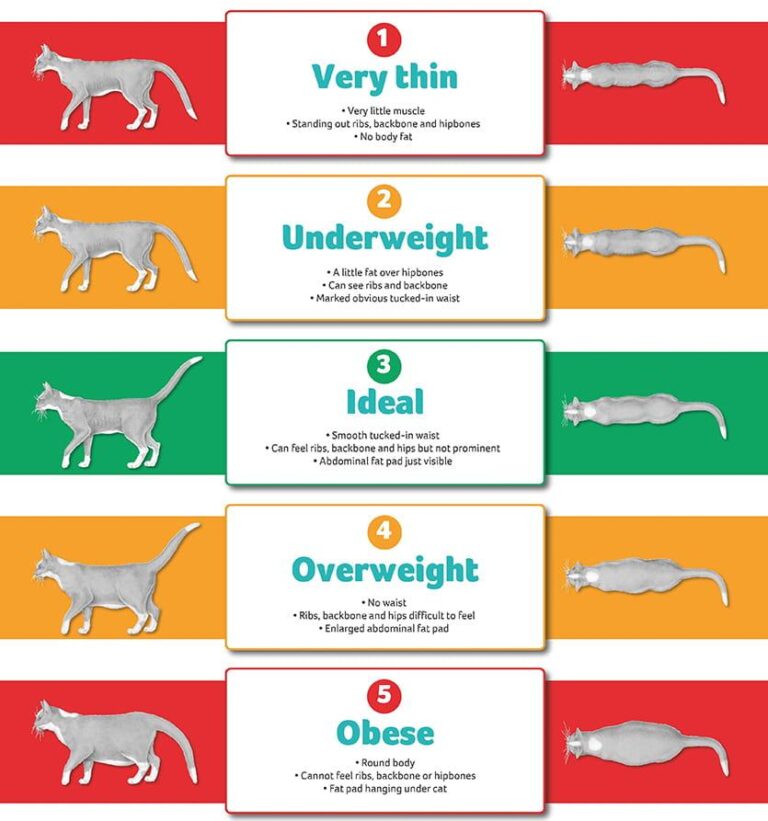How to Travel with Your Cat Without Stress
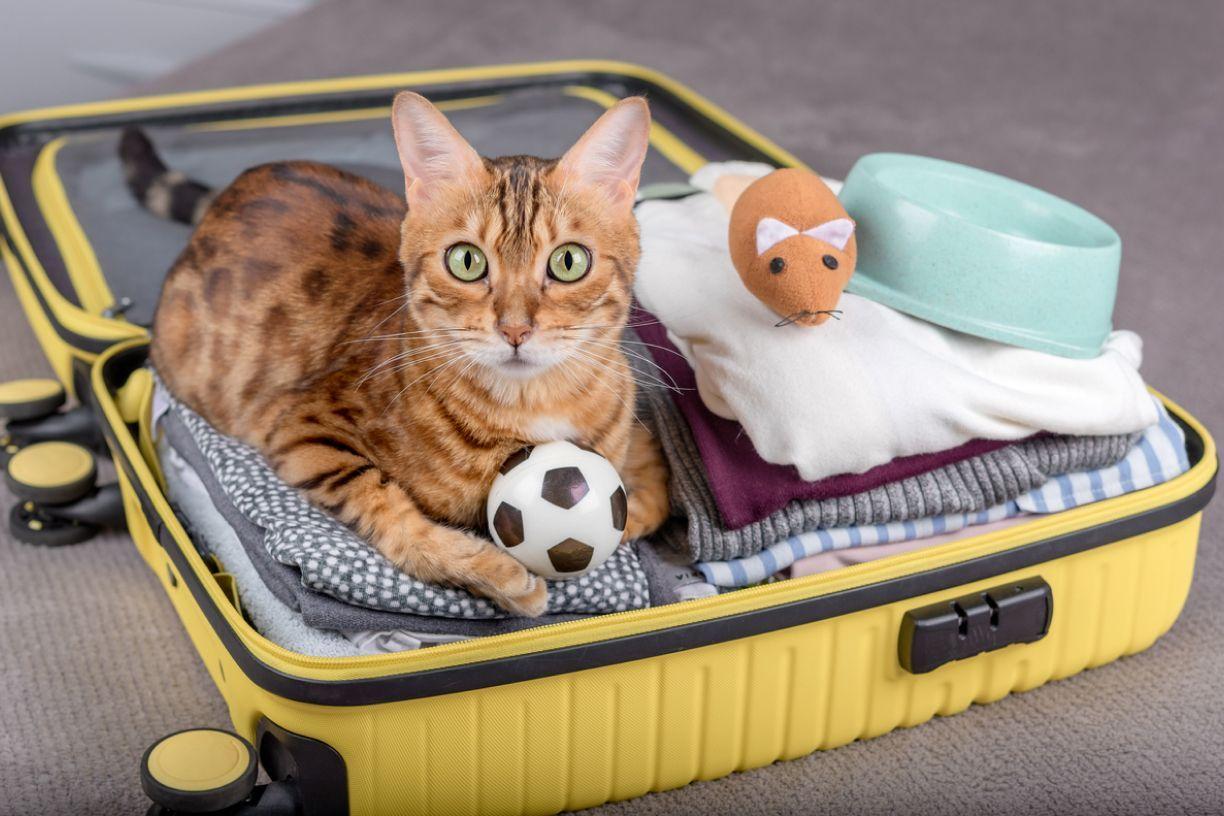
How to Travel with Your Cat Without Stress
Let’s be honest—traveling with a cat can feel like preparing for a small-scale expedition. Between their sensitive noses, diva personalities, and intense dislike of anything new, it’s no surprise that it can get stressful—for both you and your furry friend. But fear not, fellow cat lover! With a dash of patience, some smart prep, and the right mindset, you can turn your next trip into a relaxed adventure (yes, really!). Whether you’re heading to grandma’s for the weekend or hopping on a plane across the country, I’m here to share down-to-earth tips on how to travel with your cat without losing your cool.
Why Your Cat’s Comfort Really Matters
We humans get it: travel is part of life, adventure beckons, and sometimes pets simply have to tag along. But for your cat, the world outside their usual living room can be a whirlwind of scary sensations. Loud noises, strange smells, unfamiliar places—it’s like being dropped in a foreign country without a phrasebook.
When your cat feels stressed, they may exhibit behavior like hiding, vocalizing nonstop, refusing to eat, or even having accidents outside the litter box. Not only does this make your trip harder, but it can seriously affect your cat’s wellbeing.
Taking steps to keep your cat calm isn’t just about convenience—it’s about respecting their world and maintaining a trusting bond.
So, traveling thoughtfully means less heartache for both of you. Plus, a calm cat makes the whole experience way more enjoyable. Let’s dive into how you can make travel day as peaceful as possible.
How to Make Traveling Easier: Step-by-Step Tips
1. Get Your Cat Used to the Carrier Early
The carrier is your cat’s little travel pod, but many cats see it as a trap. To flip the script, leave the carrier out in your living space well ahead of travel day. Toss in cozy blankets, your cat’s favorite toys, and maybe some treats. Let them explore it at their own pace without pressure—almost like turning it into a cool new hangout.
2. Stick to a Familiar Routine
Cats thrive on predictability, so try to keep feeding times, play sessions, and nap spots the same, even when you’re prepping for a trip. A consistent schedule sprinkled with familiar rituals will comfort your kitty and reduce anxiety.
3. Mind the Food and Water Prep
Feed your cat a small meal a few hours before travel—nothing too heavy or greasy. This helps avoid nausea or upset stomach. Bring along their regular food and bottled water to keep their tummy happy on the go. If your trip is long, schedule breaks for fresh water and a little nibbling when possible.
4. Use Calming Aids if Needed
For especially anxious cats, calming products can be a lifesaver. These range from pheromone sprays like Feliway, which mimic comforting scents, to natural calming collars or supplements. Always chat with your vet before trying anything new.
5. Secure Your Cat Safely in the Vehicle
Never let your cat roam freely in the car—it’s unsafe for them and can distract you. Use a sturdy, well-ventilated carrier strapped in with a seatbelt or placed securely on the floor. This cuts down on stress and prevents any “escape missions.”
6. Make Pit Stops Calm and Quick
If you’re road-tripping, find quiet spots for bathroom breaks and a bit of fresh air (if your cat’s okay with a leash—more on that later). Keep these stops brief to avoid overwhelming your cat with new sights and sounds.
7. Prepare a Cat Travel Kit
Having everything at your fingertips reduces stress exponentially. Your kit should include:
- Carrier with comfy bedding
- Food and water bowls
- Favorite toys and scratching pads
- Litter box or disposable litter trays
- Litter scoop and bags
- Calming aids or medications
- Copies of vet records and any necessary paperwork
What Not to Do: Common Pitfalls to Dodge
Trying to Force Your Cat Into Something New Too Quickly
Imagine being thrust into a car and then a busy airport without any buildup—frightening, right? Don’t rush your cat into the carrier or new environments without gradual exposure. This will only fuel their stress and resistance.
Skipping Identification Steps
Hopefully, you never face a “lost kitty” situation, but preparedness is key. Make sure your cat has a microchip, collar with an ID tag, and updated contact info. Plus, keep recent photos handy to make searches easier if the worst happens.
Ignoring Your Cat’s Cues
Some cats show clear signs when they’re overwhelmed—like frantic pacing, meowing, or trying to bolt. Don’t ignore these red flags. If your cat is truly miserable, it might be kinder to rethink the trip or find trusted care at home.
Leaving Your Cat Alone in a Hot or Noisy Vehicle
Never leave your cat unattended in a parked car, especially on warm days. Cats can quickly suffer heatstroke, and noise or motions outside the car can spike their anxiety.
Tools That Make Traveling Easier for You and Your Cat
Your cat’s comfort can improve dramatically with the right gear. Here are some favorites from the community of seasoned cat travelers:
- Comfort Carrier Pro — This roomy, well-ventilated carrier offers a peek-through top so your cat can feel less trapped, and can be secured easily in vehicles.
- Feliway Classic Diffuser or Spray — A pheromone product that can help reduce stress in carrier and travel situations.
- Collapsible Food and Water Bowls — Ideal for packing lightly and making hydration easy on the road.
- Soft Harness and Leash — If your cat tolerates it, a harness is great for controlled exploring during travel stops.
Bonus: Frequently Asked Questions
Q: Can I sedate my cat for travel?
Sedation should only be considered after consulting your vet. It’s generally discouraged as it can affect your cat’s awareness, balance, and ability to cope with unexpected situations.
Q: Is flying with my cat safe?
Yes, flying can be safe, but it requires extra preparation. Make sure to book direct flights, choose a comfortable carrier approved by the airline, and check airline policies ahead of time.
Q: What if my cat refuses to eat during travel?
Many cats get nervous and lose their appetite while traveling. Offer small portions of their favorite treats, and bring familiar-smelling food. If the refusal lasts beyond a day, consult your vet.
Wrapping It Up With Love
Traveling with your cat doesn’t have to be a hair-pulling ordeal. By planning ahead, respecting your cat’s feelings, and packing smart, you can make trips easier and even enjoyable for your feline friend. Remember, it’s all about the journey—not just the destination—so take it slow, stay flexible, and give your cat plenty of love and reassurance.
Every cat is unique, so don’t be discouraged if things don’t go perfectly the first time. With a little practice, patience, and the right approach, traveling with your cat can become a rewarding part of your adventures together. Safe travels and happy purring!

